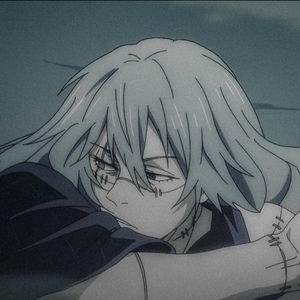30113965
Basic Elements and Principles of Visual Design
Resource summary
| Question | Answer |
| _____ connect two points and can be used to help define shapes, make divisions, and create textures. All lines, if they’re straight, have a length, width, and direction | Lines |
| _____ are self-contained areas. To define the area, the graphic artist uses lines, differences in value, color, and/or texture. Every object is composed of shapes | Shapes |
| _____ choices and combinations are used to differentiate items, create depth, add emphasis, and/or help organize information. Color theory examines how various choices psychologically impact users | Color palette |
| _____ refers to how a surface feels or is perceived to feel. By repeating an element, a texture will be created and a pattern formed. Depending on how a texture is applied, it may be used strategically to attract or deter attention | Texture |
| _____ refers to which fonts are chosen, their size, alignment, color, and spacing | Typography |
| ____ applies to three-dimensional objects and describes their volume and mass. Form may be created by combining two or more shapes and can be further enhanced by different tones, textures, and colors | Form |
| _____ has to do with all elements on a page visually or conceptually appearing to belong together. Visual design must strike a balance between unity and variety to avoid a dull or overwhelming design | Unity |
| _____, in visual design, helps users perceive the overall design as opposed to individual elements. If the design elements are arranged properly, the Gestalt of the overall design will be very clear | Gestalt |
| _____ is “defined when something is placed in it”, according to Alex White in his book, The Elements of Graphic Design. Incorporating space into a design helps reduce noise, increase readability, and/or create illusion. White space is an important part of your layout strategy | Space |
| _____ shows the difference in significance between items. Designers often create hierarchies through different font sizes, colors, and placement on the page. Usually, items at the top are perceived as most important | Hierarchy |
| _____ creates the perception that there is equal distribution. This does not always imply that there is symmetry | Balance |
| _____ focuses on making items stand out by emphasizing differences in size, color, direction, and other characteristics | Contrast |
| _____ identifies a range of sizes; it creates interest and depth by demonstrating how each item relates to each other based on size | Scale |
| _____ focuses on having one element as the focal point and others being subordinate. This is often done through scaling and contrasting based on size, color, position, shape, etc | Dominance |
| _____ refers to creating continuity throughout a design without direct duplication. Similarity is used to make pieces work together over an interface and help users learn the interface quicker | Similarity |
Want to create your own Flashcards for free with GoConqr? Learn more.

